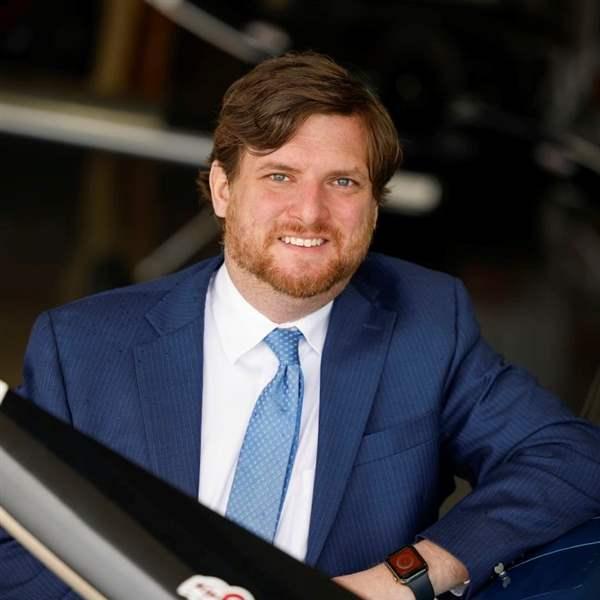Pilots should be mindful of this brave new world. At the Legal Services Plan, we often see FAA enforcement investigations that were initiated because of a video posted on social media. These investigations may be merely an informal inquiry, or they could culminate in either suspensions or revocations. In short, be careful and assume someone is watching you fly. Because someone probably is.
Sometimes you may know someone is filming you. Perhaps your friend has a social media channel and you go flying together. Social media videos are often edited for time or entertainment value. But sometimes important context can end up on the cutting room floor. And without that context, there could be a question of whether a pilot complied with the rules. For instance, a low pass within 500 feet of a person violates § 91.119 unless it is necessary for take-off or landing. If a video is edited so that it was not clear that the low pass was part of a take-off or landing, you shouldn’t be surprised if you get a call from the FAA.
Other times, you may not know that someone is filming. In 2025, everyone has a high-quality camera capable of taking both video and photographs. Moreover, most everyone has a social media page where they post the wild things they see. While flying low over a lake or river can be fun, be mindful that anybody could be filming and if you get too close, their video might be evidence of a violation that could result in your certificate being suspended.
Whether you were filmed with your knowledge or not, once the video is posted, its distribution is tough to slow down, much less stop. Every social media site has a means by which a post can be reshared to reach a wider audience. And once that ball starts rolling, there is not anything anyone can do to slow it down. While it may make for lazy police work, there is no prohibition on FAA inspectors prowling the internet in search of evidence of FAR violations. Inspectors may find these videos on their own. More commonly, someone will forward something they have seen online to an FAA inspector. Indeed, aviation is, to a degree, a self-policing community. Some members of our community take this role seriously and take it upon themselves to report what they see as wrongdoing to the FAA. After all, the FARs are written in blood and made in the interest of aviation safety.
Videos can of course be admitted as evidence in legal proceedings, including those before the National Transportation Safety Board. While the FAA would have to authenticate the video for it to be admissible, that is generally a low bar.
While there is some risk to having our aviation activities on camera, there are rewards too. Indeed, while some aviation lawyers may take the position that a pilot should never film their flying, I do not subscribe to that view. Aviation is fun and sharing the vantage point we have in general aviation aircraft can be inspiring to the next generation of pilots. Good pilots who film themselves demonstrating good airmanship also help people train. While we should be careful about the flying we do and especially about filming it, that care should not prevent us from sharing our love for aviation.
In sum, you should always fly like the FAA is watching. Because in a sense, they are. Someone is watching. And today, it is easy for that someone to film what they see and quickly send that video off to the world. And before you know it, an FAA inspector browsing the Aviation subreddit sees your video, copies your tail number, and sends you a letter of investigation asking about your decisions.

Dan Hassing
Daniel Hassing is an in-house attorney with AOPA’s Legal Services Plan who counsels Plan members on a daily basis. He is a private pilot and a Part 107 UAS pilot. Before joining AOPA’s Legal Services Plan, Dan worked at a firm for 10 years, litigating cases across the United States. Dan also clerked for a Justice of the Nebraska Supreme Court for two years. Dan received his law degree at the University of Nebraska College of Law and received his bachelor’s degrees at the University of Nebraska-Omaha. In his free time, Dan enjoys spending time with his family, flying, and golf.






